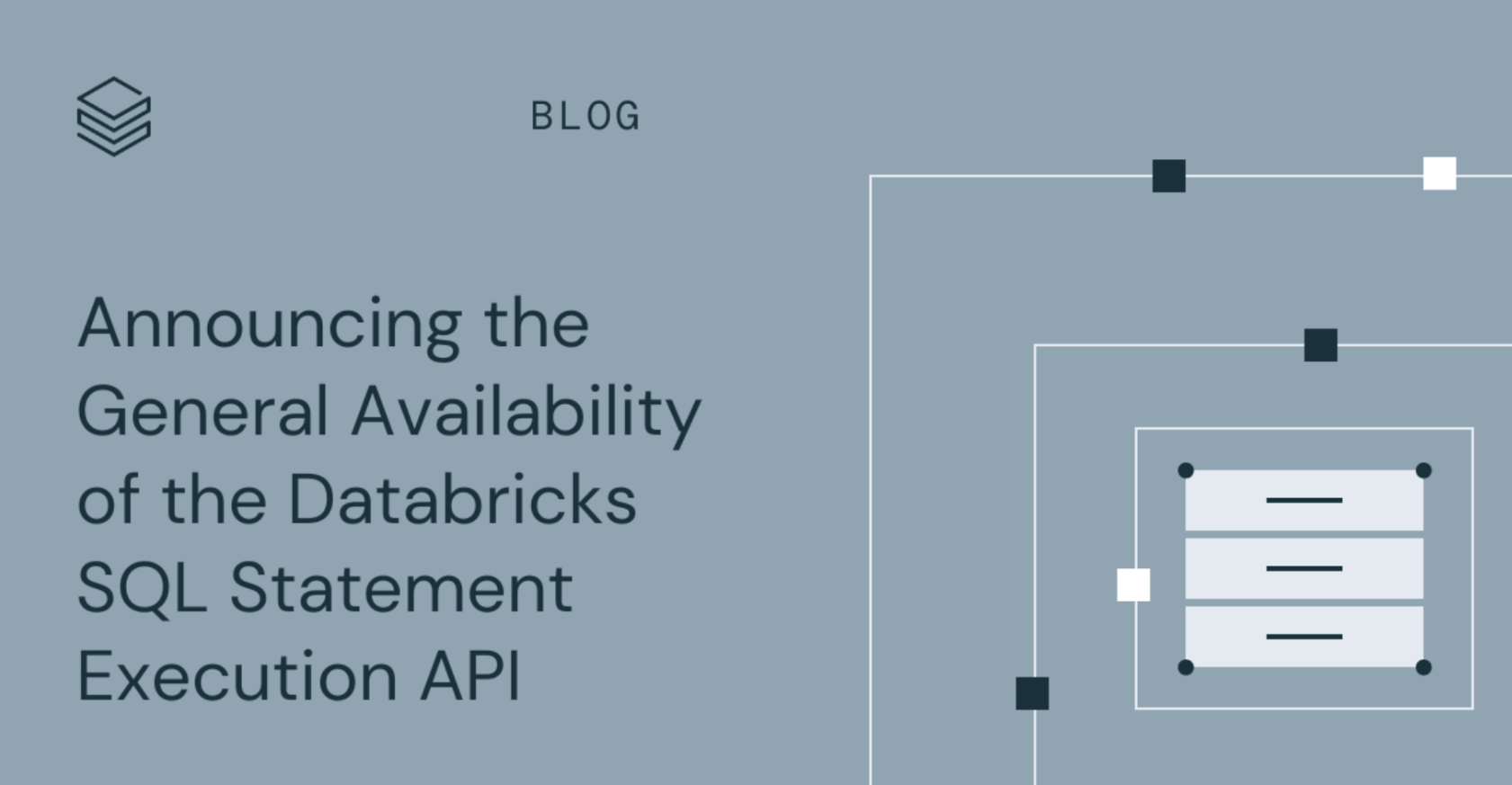Skip to main content![Chris Stevens]()
![Announcing the General Availability of the Databricks SQL Statement Execution API]()
![Understanding Caching in Databricks SQL: UI, Result, and Disk Caches]()
![Data Intelligence Platforms]()
![Data Intelligence Platforms]()
![Meltdown and Spectre's Performance Impact on Big Data Workloads in the Cloud]()

Chris Stevens
Chris Stevens's posts

Announcements
October 13, 2023/10 min read
Announcing the General Availability of the Databricks SQL Statement Execution API

Data Warehousing
May 3, 2023/4 min read
Understanding Caching in Databricks SQL: UI, Result, and Disk Caches

Announcements
November 10, 2019/5 min read
Use Databricks Pools to Speed up your Data Pipelines and Scale Clusters Quickly

Platform
September 16, 2019/10 min read
Adventures in the TCP stack: Uncovering performance regressions in the TCP SACKs vulnerability fixes

Open Source
January 12, 2018/7 min read
